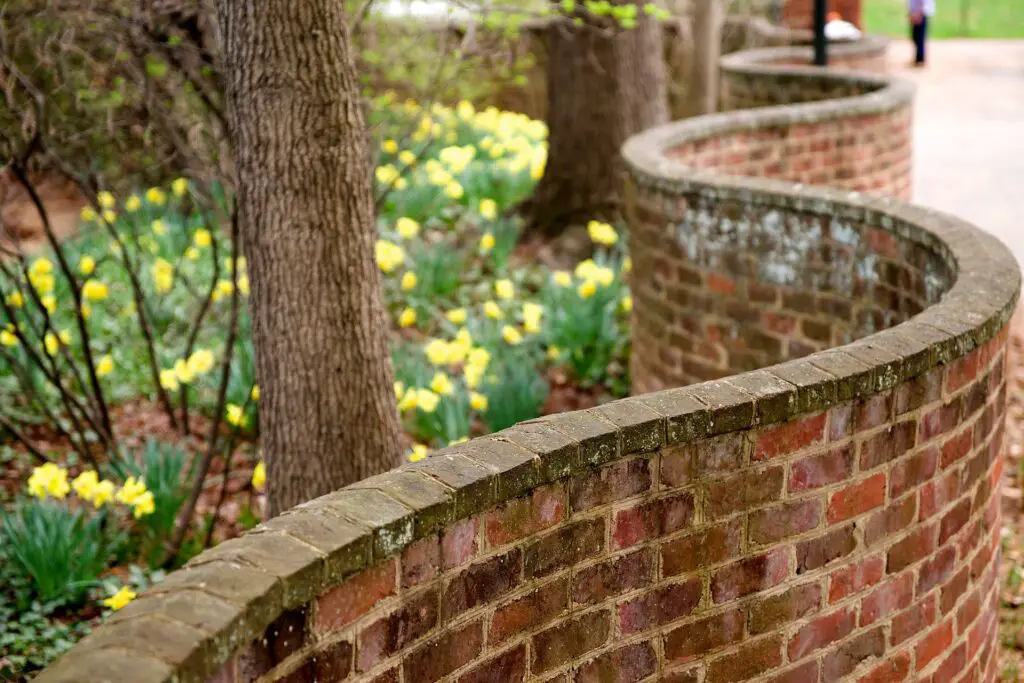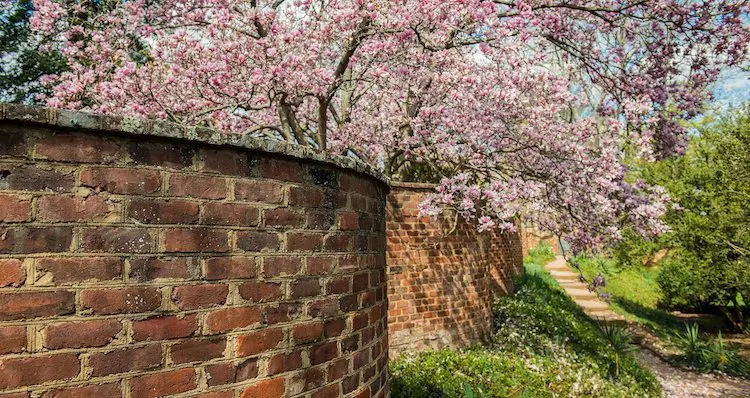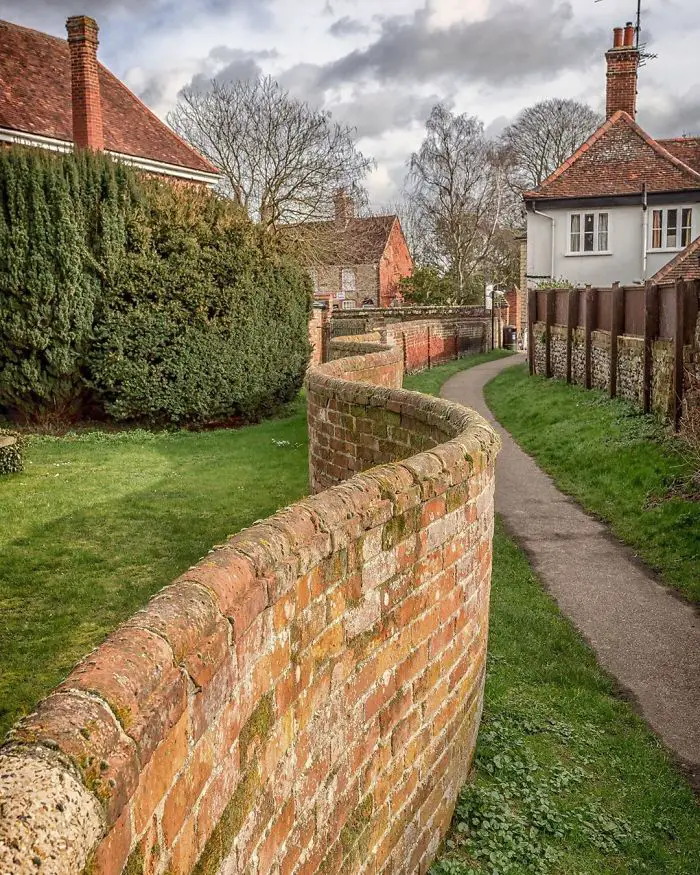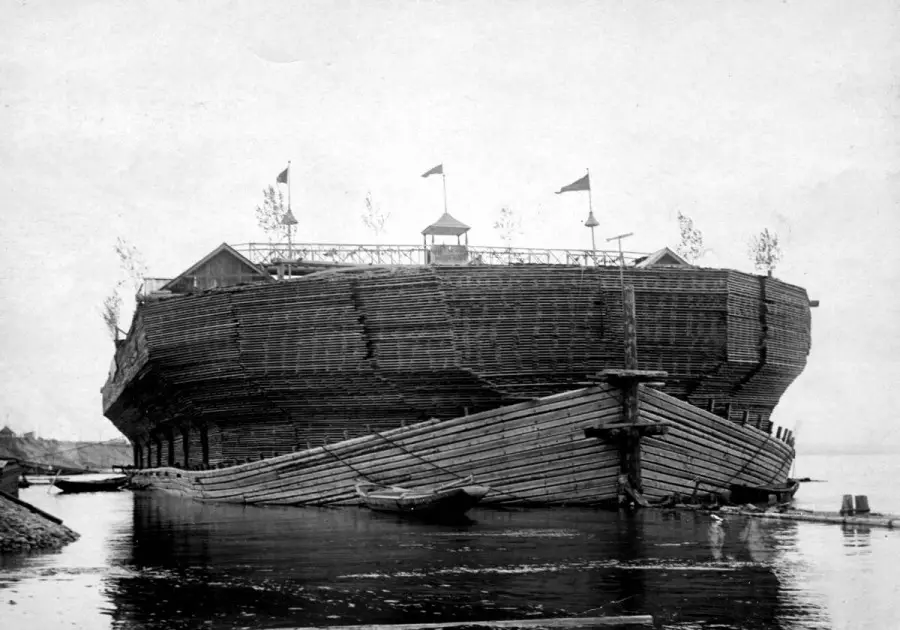Walls perform an obvious but important function in the construction of buildings. They are an integral part of any structure, but most of us give walls little thought except when we’re hanging a picture or getting set to paint them. They are tall, straight and – almost without exception – quite boring.
Old Dialect
If they aren’t boring, chances are they’re a wavy wall. They go by many other names – serpentine walls, ribbon walls, and one real tongue twister — “crinkle crankle” walls. (The latter term comes from a word meaning “zigzag,” in an ancient Suffolk dialect).
But no matter what they are called, wavy walls are all born of the same impulse – make a wall curve in such a way that it’s attractive but also requires fewer materials to build.

Therein lies their appeal: wavy walls are visually appealing and less costly to construct. A win-win for those who design buildings, and for those who pay for their construction.
Ancient
Wavy walls have been around for about 4,500 years, dating back to ancient Egypt. They are found all over England, particularly in Suffolk, Bramfield and East Anglia, as well as in other locations.
In 2016, a blogger in Suffolk posted a column of several crinkle crankle walls in his town, along with photos. Many homes, and not just grand estates with plenty of land, incorporated wavy walls into their design when built so many centuries ago.
Their usefulness and beauty was noted by those who built some of America’s early buildings, including the University of Virginia, founded in 1819 by Thomas Jefferson.
Wavy walls were something Jefferson admired and asked to have included in the university’s design. But it wasn’t just aesthetic appeal that he was after; in his day, wavy walls were less expensive to construct.

That’s because they require fewer bricks to build. At the University of Virginia, for example, experts say approximately 25 percent fewer bricks were needed to build wavy walls than straight ones – a significant savings in time, labour, and materials.
Strength

Additionally, a row of single bricks, constructed in a wavy pattern, is capable of withstanding enormous pressure from strong winds. A straight brick wall cannot withstand nearly as much pressure, architects say. Today, unfortunately, crinkle crankle walls have largely faded away.
Gary Porter is with the Masonry Advisory Council in America. When asked about wavy walls in 2021, he said that this construction method requires more time for bricklayers to build, and today more than ever, time is money.

Quirky Character
Still, Porter would like to see a comeback of these uniquely structured walls. They’re not only attractive, he notes, but they stand up to harsh winds and thereby make structures stronger.
In gardens and along highways in England, these unique walls are a visual delight, lending a quirky character to the landscapes around which they run.

Although developers and builders today have little appetite for reintroducing wavy walls into modern buildings, there is no question that their visual appeal is remarkable. Furthermore, when used to line gardens, they had a practical purpose too.
Wavy walls were usually built on an east—west slant, allowing everything from fruit trees to flowers to thrive and flourish. (Although, as one blogger points out, they must create quite an irritant for anyone mowing the lawns!)
If you like this article, then please follow us on Facebook and Instagram
Another Article From Us: Prehistoric Tunnels Dug by Giant Ground Sloths
Wavy walls are a distinctly ancient invention that date back thousands of years. Though they are out of fashion now, largely due to time and costs, their quirky appeal will endure for centuries to come.





